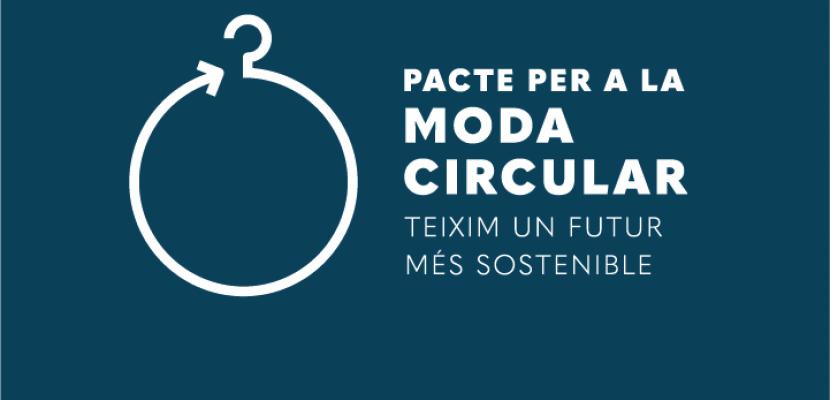
Co-creation process of the Circular Fashion Agreement in Catalonia

About this good practice
The textile sector is one of the world’s largest consumers of resources, with an enormous impact on climate and the environment. After food, housing and transport, the global consumption of textile products is the 4th largest consumer of raw materials and water and the 5th largest emitter of greenhouse gases.
Catalonia faces important challenges with regards to the textile sector: each person consumes 21.5–26 kg of textile products per year, more than 147,000 t/year of textile waste is used for power production or deposited in landfill sites and only 12% of textile waste is collected separately.
So as to further a circular and more sustainable textile sector, a promoting group of 32 stakeholders, including representatives from all links of the value chain and coordinated by the Government of Catalonia, signed an Expression of Interest (EoI) through which they committed to elaborate collaboratively a voluntary agreement to steer the textile sector towards circularity.
More specifically, signatories of the EoI committed themselves to participate actively in the plenary sessions of the group as well as in one o more of the working groups (WGs) articulated to elaborate the agreement: WG on objectives, WG on Management & Financing, WG on Communication.
18 meetings took place to obtain a consensus text that was validated in the plenary session celebrated on 20/01/2022, where it was also agreed to open up the process to new actors and to start an official signatory procedure.
Expert opinion
Resources needed
The elaboration of the agreement was work-intensive. It involved the creation of a “promoting group” (formed by 32 SHs), coordinated by the Government of Catalonia with the assistance of consultants, that held 18 meetings.
It was financed by the Interreg Europe project CircE (2007- 2021).
Evidence of success
• 32 private and public stakeholders from all the links of the textile value chain achieved consensus on:
o general and specific goals to steer the textile sector towards circularity (remarkably, general objectives are quantified),
o the future collaborative development of pilot projects.
• More than 80 SHs have signed the agreement so far, and thus have committed to work for the achievement of its goals: this number more than doubles the number of members of the initial promoting group.
Potential for learning or transfer
The potential for transfer of this practice is high, especially when it comes to the methodology of elaboration of the agreement which is an example of how to develop a shared agenda. Some of the key success factors that can be identified are:
• Creation of a “promoting group” which involved SHs from all the links of the textile value chain, allowing to have a more systemic perspective of the issues to be tackled.
• The fact of formalizing the promoting group: all interested members had to sign an Expression of Interest.
• Establishment of different governance mechanisms: Plenary / Working groups: one for the elaboration of goals, one devoted to management issues and a third one dedicated to communication issues. Importance of clarifying roles and decision-making systems.
• High level of engagement from stakeholders
• High level of coordination among results from the different working groups, which implies a high level of commitment on the part of the Government of Catalonia
Further information
Good practice owner
You can contact the good practice owner below for more detailed information.
